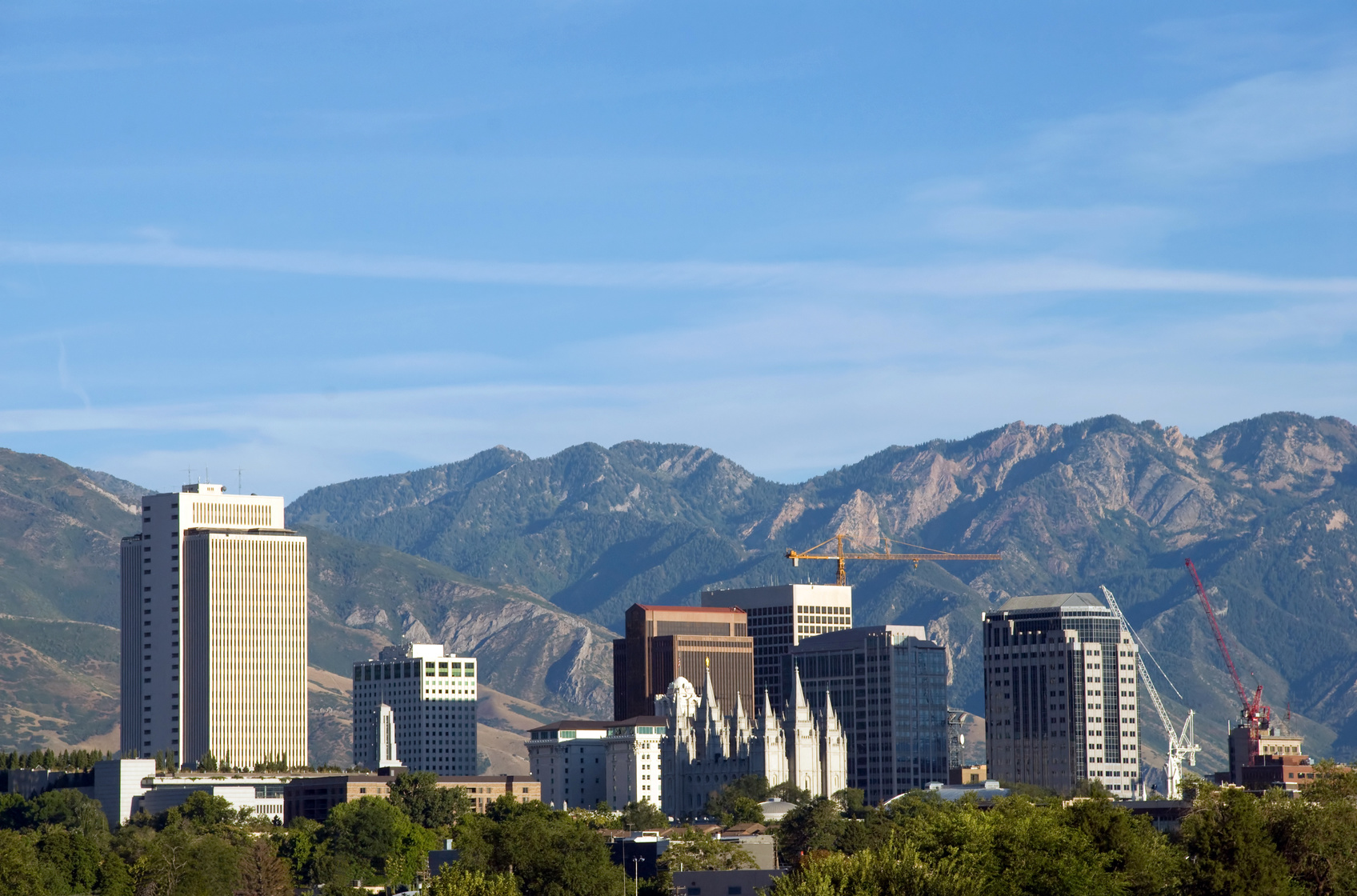
Low-income housing has been a hot topic in the state of Utah for about a decade now. This is due in large part to a “housing first” initiative that was implemented in the state of Utah a little over 10 years ago, back in 2005. The initiative was part of a larger 10-year plan to end chronic homelessness, with the reasoning that the state spends more money incarcerating and hospitalizing the homeless rather than actually housing them. According to the 2015 statewide point-in-time homeless count, the 10-year plan has been largely successful. As of 2015, there were 178 chronically homeless people living in the state―down from almost 2,000 in 2005. This means that chronic homelessness in Utah has been reduced by just over 91 percent over the last decade.
Even still, many officials argue that there is still a lot to be done as far as offering affordable housing options to the state—especially within the Salt Lake community. One local nonprofit called NeighborWorks Salt Lake, for example, which works to revitalize neighborhoods and help families buy homes, argues that too many low-income housing units are located on the west side of Salt Lake City. While it may be more cost effective to offer low-income housing in this area—home prices are lower there, after all—the nonprofit argues that concentrating low-income housing there only segregates the community.
Maria Garciaz, executive director of NeighborWorks Salt Lake, argues that “low-income populations should have a choice of where they want to live” and that “they shouldn’t have to live where they build the housing.”
Garciaz’ comments followed a Salt Lake City Council vote this past March, which allowed Salt Lake County, in conjunction with developer Vecino Group, to build an 80-unit apartment complex on South Temple, just west of I-15. Garciaz argues that it would be a better move to offer low-income housing options throughout Salt Lake and to establish more market-rate housing on the west side.
Garciaz isn’t the only one with concerns about the Salt Lake community’s low-income housing offerings. A recent report by the Downtown Salt Lake City Alliance, a private nonprofit that works with the city to study and improve the downtown area, found in August that the city lacks affordable housing options for young and low-income workers. Research revealed that more than 9,000 people in Salt Lake need low-income housing, but only about half that amount of affordable housing is available. According to Jason Mathis, the executive director of the Downtown Alliance, this affordable housing crisis has the biggest impact on young adults who want to work and live in Salt Lake.
Incomes in Salt Lake City have risen overall, but these incomes are not keeping up with the cost of living in the city. According to Housing and Development Director Mike Akerlow, half of renters in Salt Lake spend more than 30 percent of their incomes on housing.
All in all, though there has been progress, it looks like the city still has to ways to go in terms of offering affordable housing options to the community.
